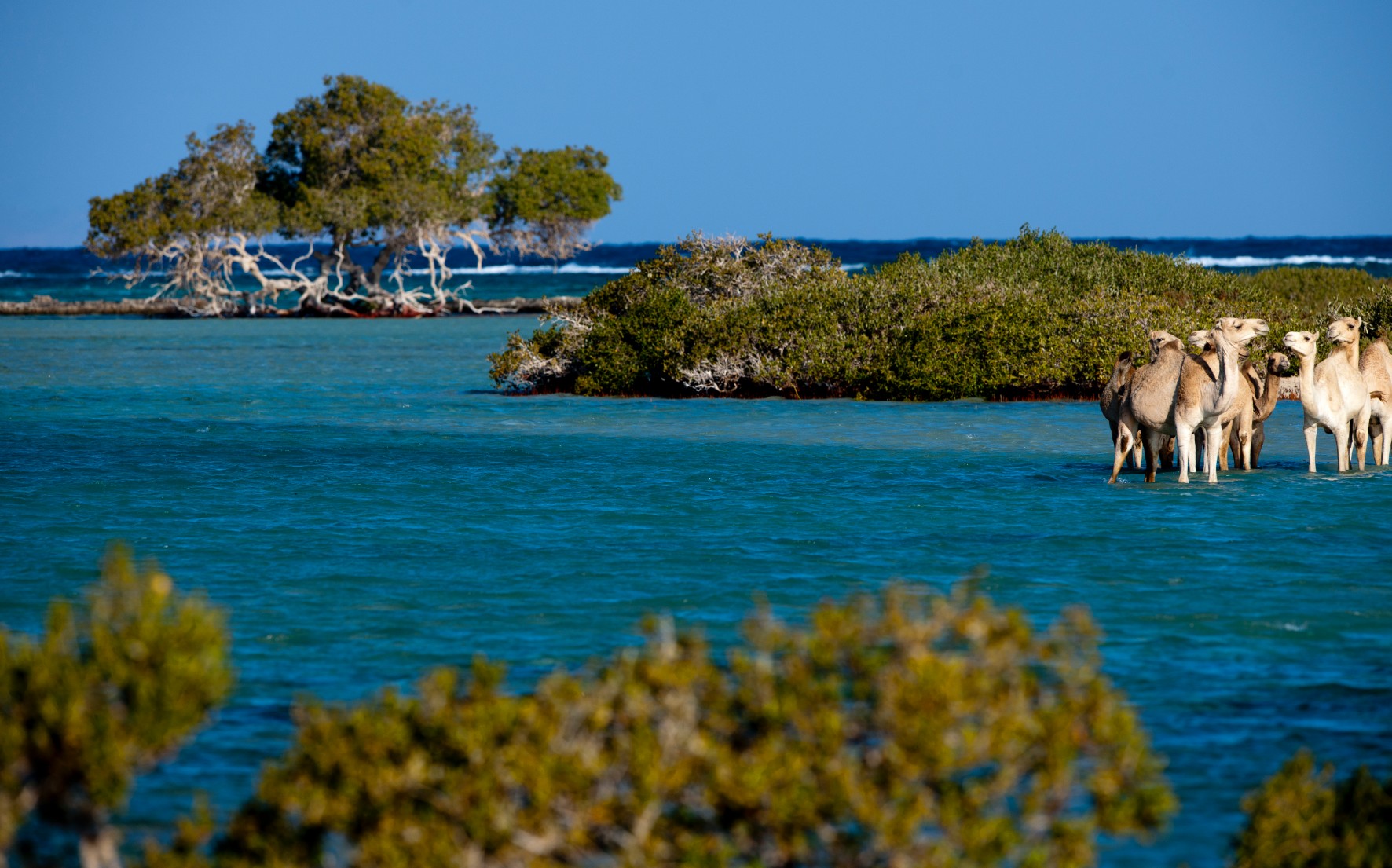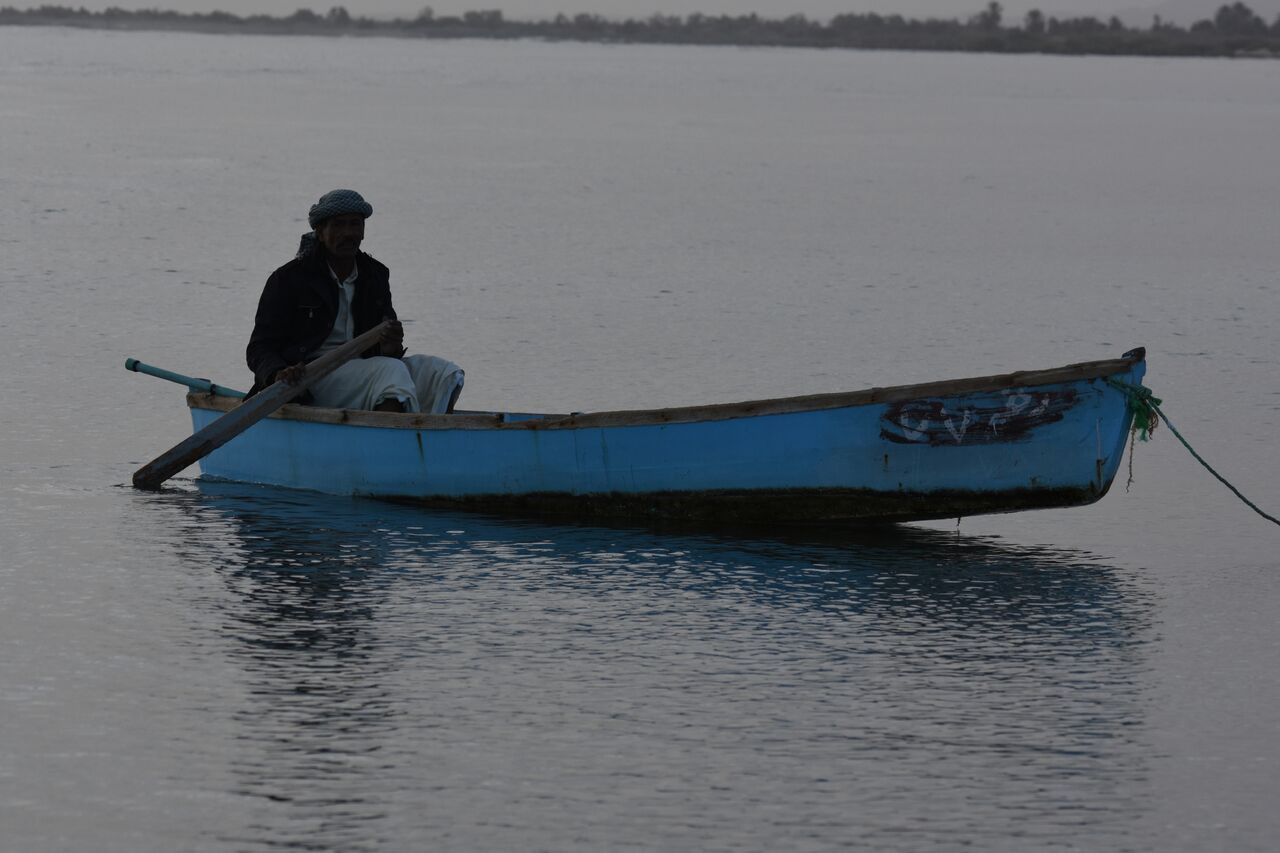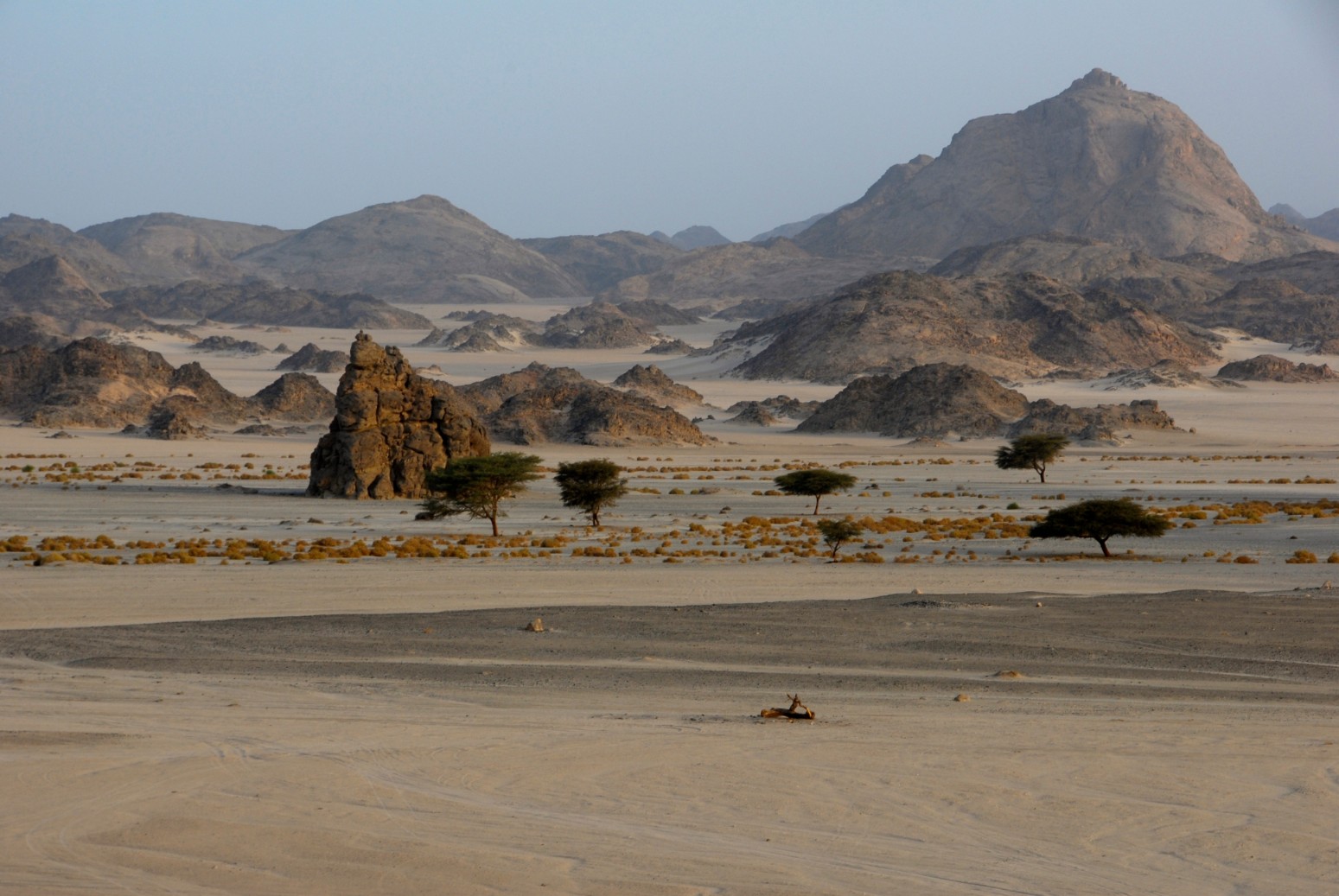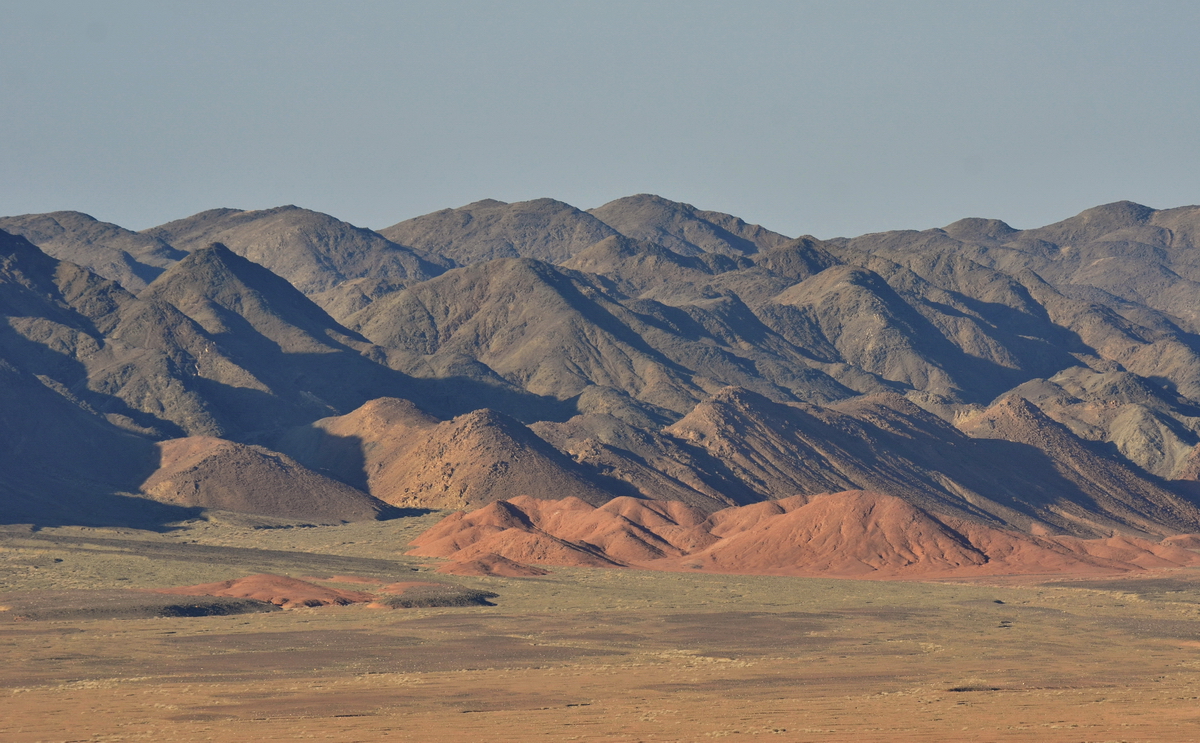GENERAL INFO
The area of Wadi el Gemal, whose name means « Valley of camels », was declared National Park in 2003, in order to preserve an extraordinary terrestrial and marine ecosystem, which is incredibly rich from a landscape, botanical, and wildlife viewpoint, and includes numerous archeological sites of great importance. Among these mountains, the famous emerald mines of the Pharaohs are hidden: the oldest in the world, and the only ones known before the New World was discovered. The Park of Wadi Gemal, still relatively unknown and rarely visited, is home to an important community of Ababda Beduins, who are trying preserve their ancient traditions. Inside the Park we find a variety of sites of great tourist interest, as well as sandy beaches, and shorelines fringed by coral reefs among the most beautiful and unspoiled in Egypt.
AREA
The Park of Wadi el Gemal is the only one in Egypt, besides the one of Ras Mohamed, which includes a terrestrial area that extends over a surface of 4770 Sq Km, and a marine area that develops over another 2000 Sq Km, extending over 120 Km of shoreline, often bordered by vast mangrove areas.
MAIN ATTRACTIONS
The Beaches
The coasts of the Park of Wadi el Gemal are flanked in many spots by breath-taking beaches of very fine sand that gently sink in the blue waters of the sea. One of the most popular beaches, both for its beauty and ease of access, is the one of the Bay of Hankorab, located less than twenty kilometers South of the main hotels in the area. A lovely coral reef marks off the Northern side of the beach, allowing people to snorkel or dive (this site is especially suitable for beginners since it is protected from waves and currents). The coral reef is rich in madrepores, among which a multitude of reef fish hover around, such as the red Anthias, as well as Butterfly fish, Parrotfish,and Damselfish. The beach is equipped with beach umbrellas, toilets, and a small café: a pleasant walk allows one to reach the nearby lighthouse of Ras Hankorab. More to the South, at Abu Ghosun and Qulan, there are two more amazing beaches, less frequented than the previous one.In Qulan, there is one of the most beautiful lagoons of the Red Sea, famous for its turquoise-blue waters, while all-around one can admire large mangroves. A small restaurant, a café, and a center for the sale of local handicrafts managed by Beduins are another attraction of this wonderful site.Finally, for athletes and kitesurf enthusiasts, there is the long beach of the Kite Village, which is a center especially dedicated to those who practice this sport. Even more to the South, the big and lovely beach of Wadi Lahami is home to a huge forest of mangroves, and is equipped with a small ecolodge and a dive center.
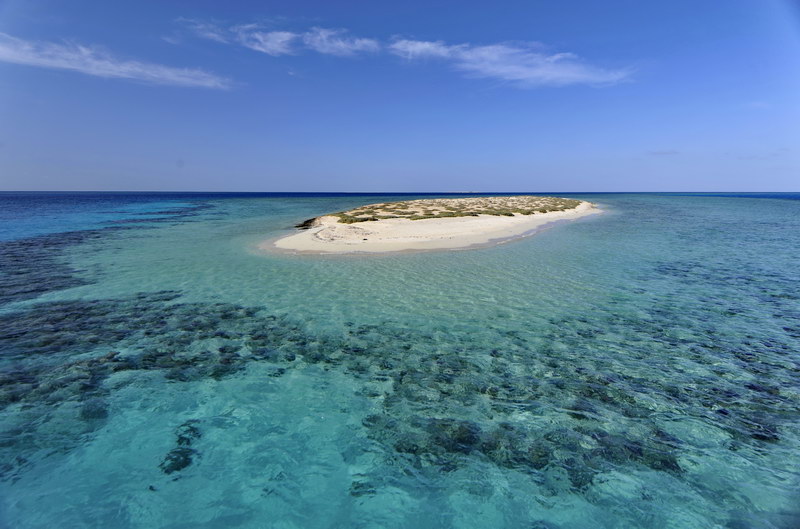
The Dive Sites
Within the Park’s territory, there are around thirty interesting dive sites, suitable for divers of any level. Most of them can only be reached by boat, but some can also be reached from the beach, such as Hankorab and Abu Ghosun. When diving this last site, divers can admire the wreck of the Hamada, a cargo that sunk here in 1993. Among the most notable sites that can be reached by boat are the ones around the Island of Wadi el Gemal, and the Island of Siyul, also called « Island of the birds », since it has been colonized by eight species of birds that nest here. Here divers can admire huge table corals, teeming with marine life. More to the South, the famous reef of Sataya, nicknamed « Dolphins House », where in the middle of a large lagoon protected by waves and currents lives a colony of spinner dolphins (Stenella longirostris), which can be easily seen while snorkeling.
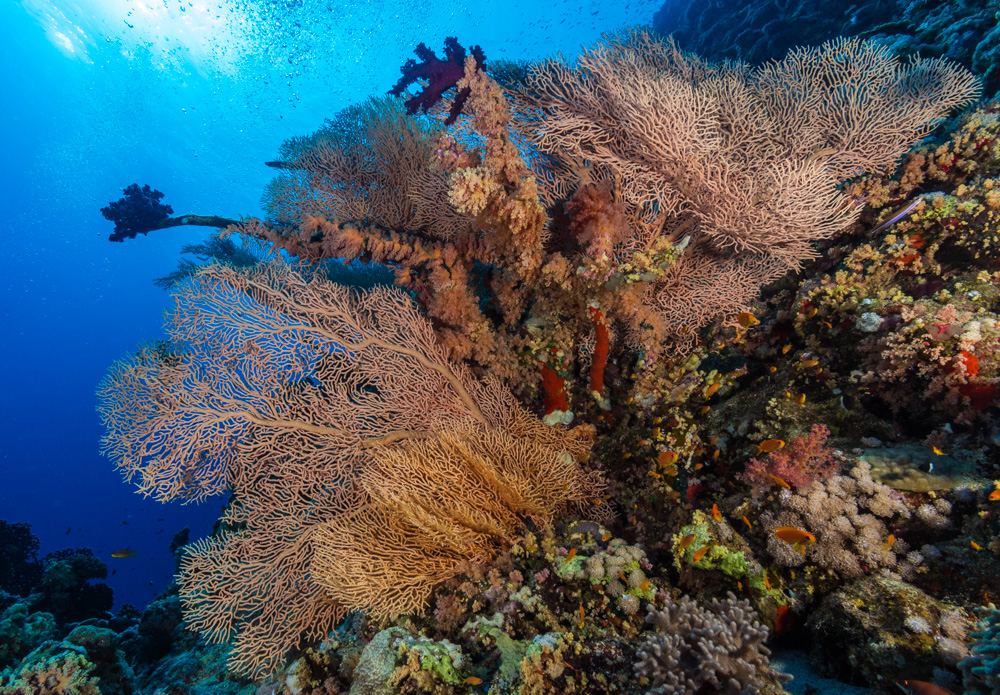
By: Manfred Bortoli
ACCESS & TICKETS ACCESS
- Access: Can be made by car or by boat for the marine sector. All the visitors must respect the Park Regulations
- Tickets: The Park entrance fees are EGP 5 for Egyptians and EGP 40 (2 Euros) for non-Egyptians. Tickets are available at the National Park Offices in Wadi El-Gemal and Um El-Abbas. Camping fees are EGP 50 for Egyptians and EGP 200 (per person per night). Overnight camping requires obtaining permits from the Coast Guards, please make sure to get your permits well in advance.
Location: Western Coast of the Red Sea – Southern part 70 Km South of Cairo, 52 Km South of Marsa Alam

